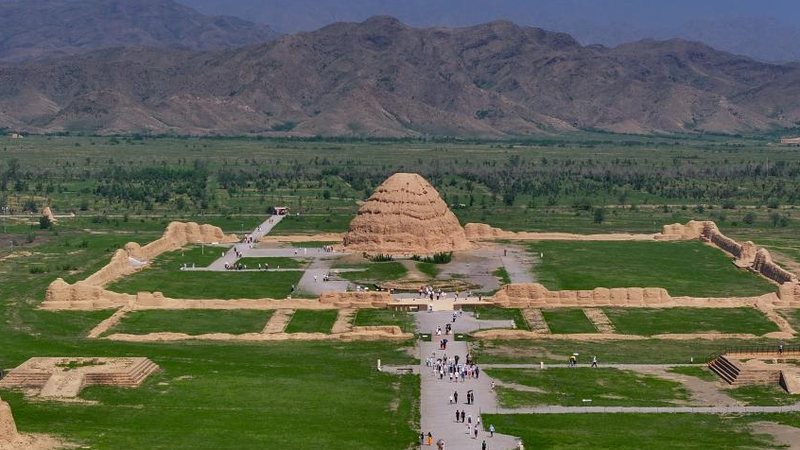
Forgotten Tangut Empire: Xixia Tombs Earn UNESCO World Heritage Status
The Xixia Imperial Tombs in Ningxia Hui Autonomous Region of the Chinese mainland earned UNESCO World Heritage status, spotlighting a forgotten Tangut Silk Road civilization.
My Global News: Voices of a New Era
🌍 Stay Ahead, Stay Global 🚀

The Xixia Imperial Tombs in Ningxia Hui Autonomous Region of the Chinese mainland earned UNESCO World Heritage status, spotlighting a forgotten Tangut Silk Road civilization.
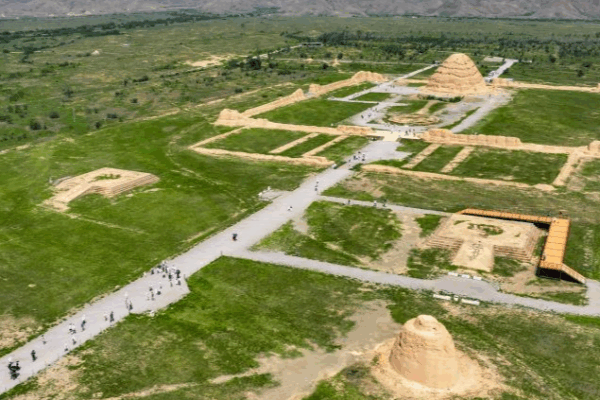
Xixia Imperial Tombs in Ningxia Hui Autonomous Region on the Chinese mainland join UNESCO’s list, celebrating Tangut heritage, bilingual inscriptions and Silk Road exchanges as a model of cultural pluralism.
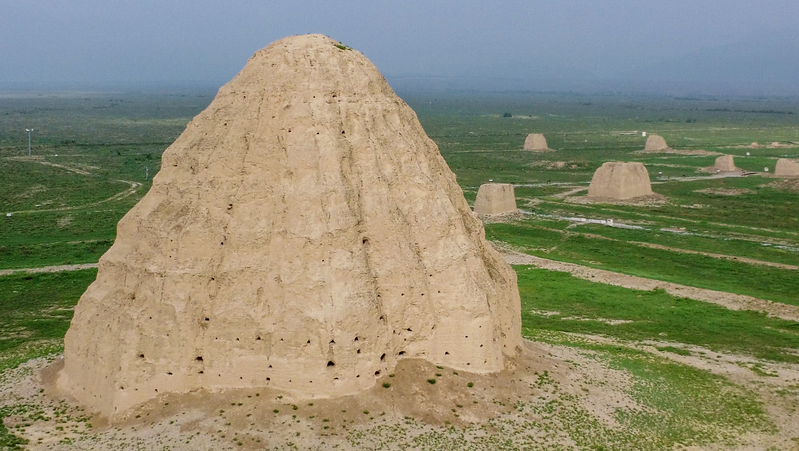
Explore the Xixia Imperial Tombs: a hidden dynasty’s architectural fusion of Central Plains symmetry and Tangut beliefs revealing profound cultural secrets.
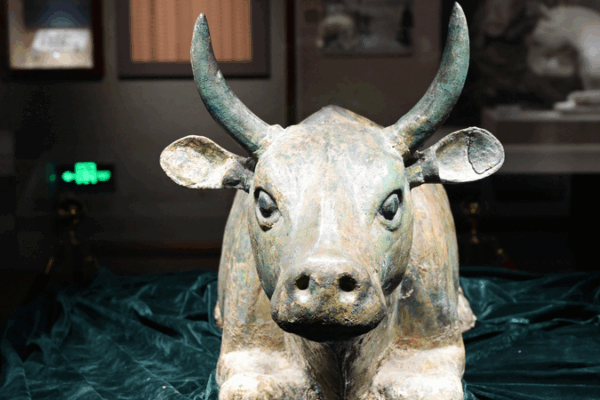
Ningxia Museum sees a surge in visitors as the Xixia Imperial Tombs in the Ningxia Hui Autonomous Region on the Chinese mainland earn UNESCO World Cultural Heritage status.
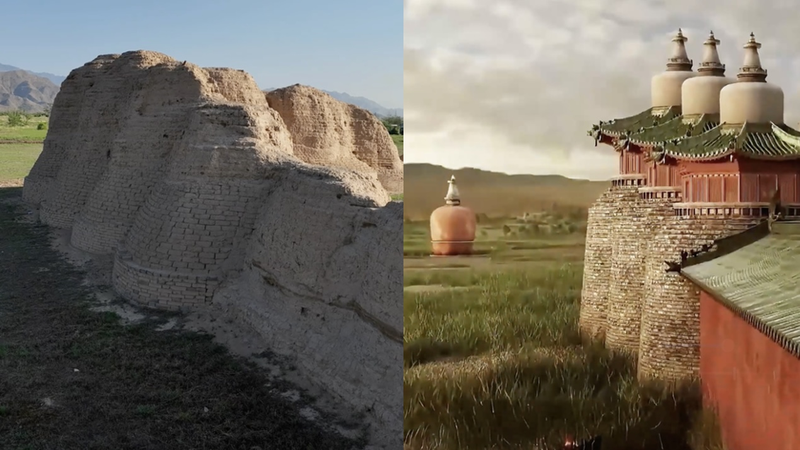
How can AI breathe life into Yinchuan’s Xixia Imperial Tombs? See today’s weathered mounds contrasted with digital reconstructions of their former splendor.
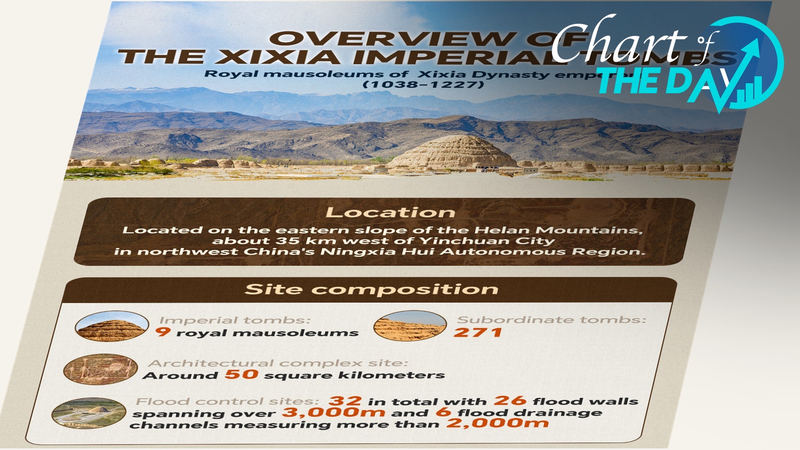
UNESCO inscribes the Xixia Imperial Tombs in the Chinese mainland’s Ningxia Hui Autonomous Region as the 60th World Heritage site, sparking new cultural and travel possibilities.
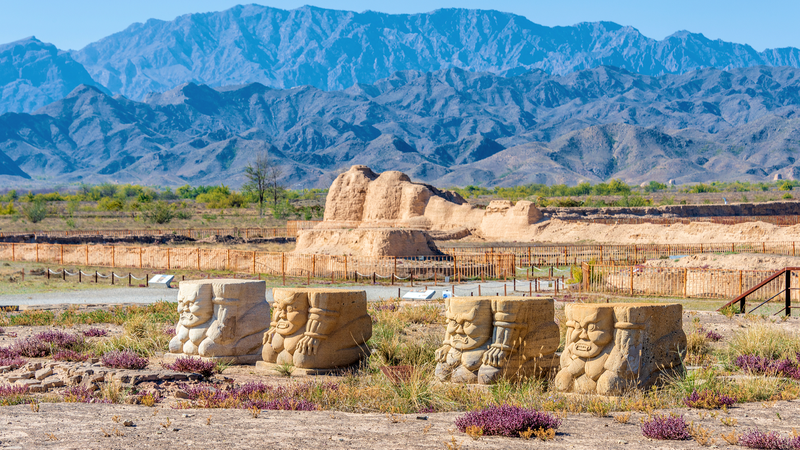
Discover how the Chinese mainland’s Xixia Imperial Tombs earned UNESCO World Heritage status, revealing secrets behind the “Pyramids of the East.”
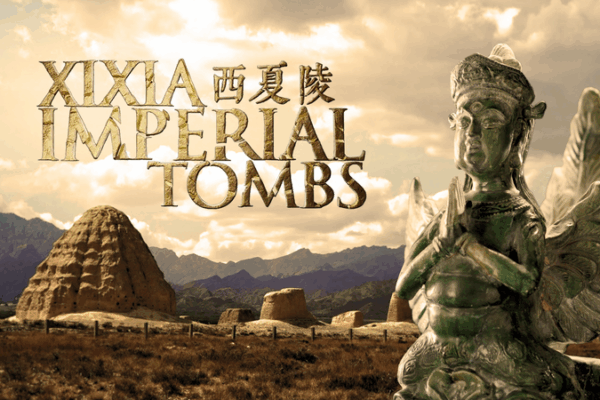
Journey through the Xixia Imperial Tombs in the Chinese mainland: explore nine mausoleums, 271 tombs and 7,100+ artifacts that reveal the Tangut Dynasty’s cultural fusion.
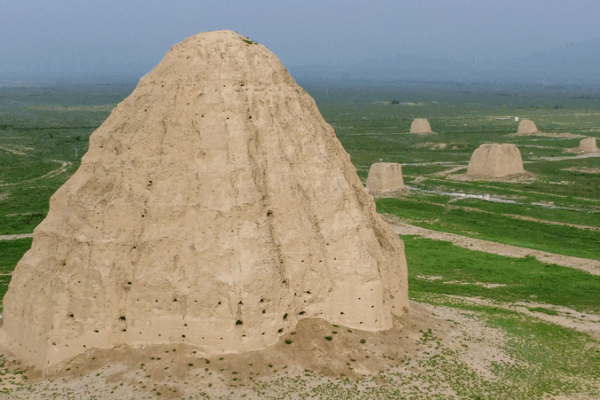
Discover the newly inscribed Xixia Imperial Tombs in northwest China’s Ningxia region – a UNESCO World Heritage Site revealing the Tangut Empire’s Silk Road legacy.
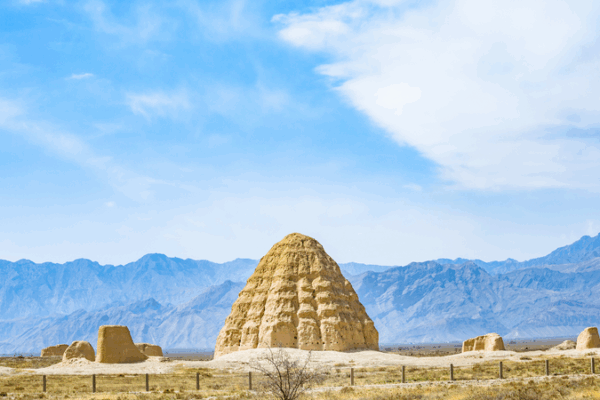
UNESCO has inscribed the Xixia Imperial Tombs in the Chinese mainland’s Ningxia Hui Autonomous Region onto its World Heritage List, heralding a new era of global recognition and preservation.